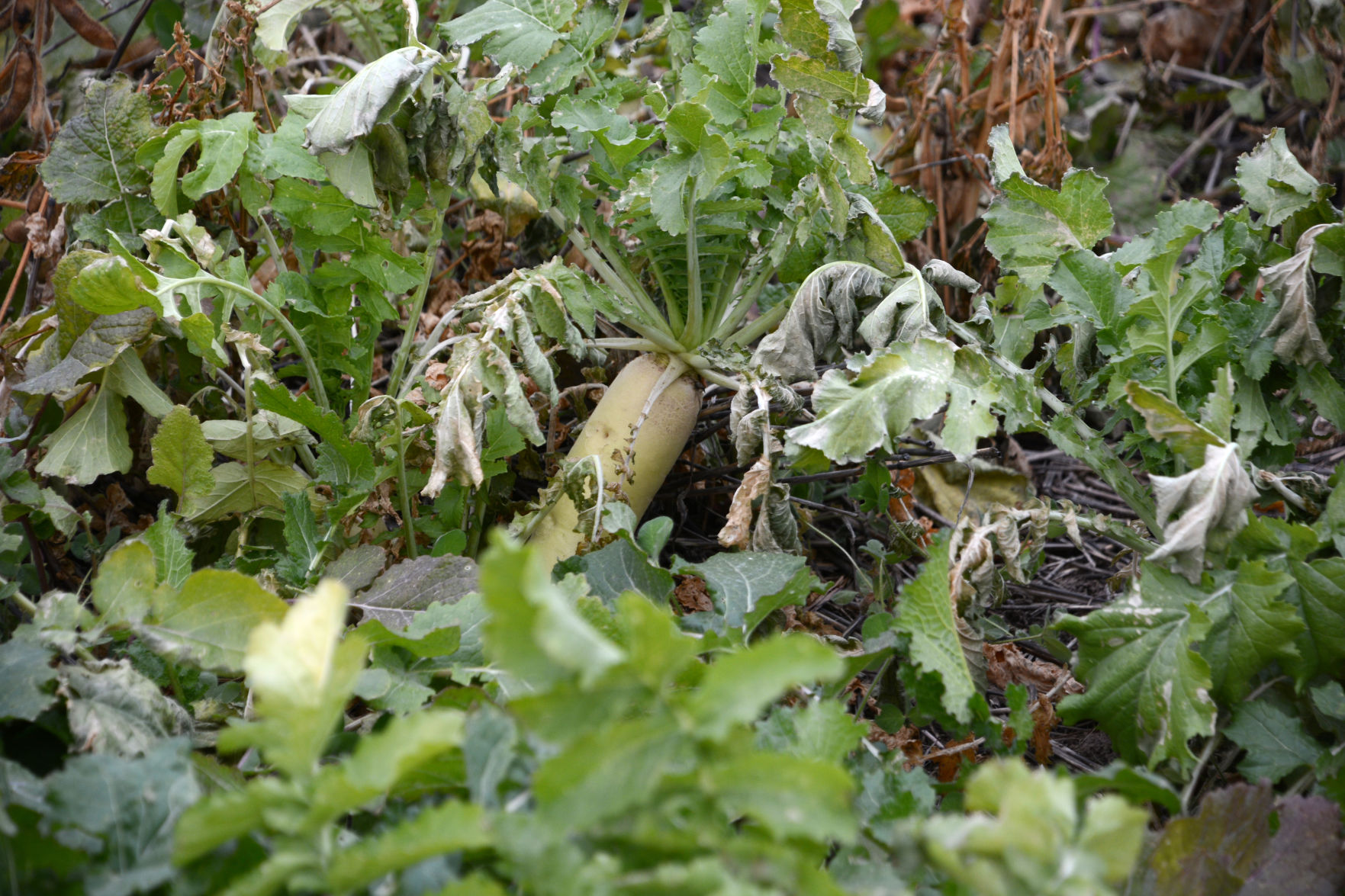There are more living creatures in a handful of soil than there are people on earth, according to the Natural Resources Conservation Service. Yet not much was known until recently about this underground community. As more is learned about the soil community and ecosystem, however, public and private agricultural firms, non-profit agencies and NRCS are stressing the importance of soil health, which NRCS defines as “the continued capacity of soil to function as a vital living ecosystem that sustains plants, animals and humans.”
According to Jon Stika, a soil scientist at North Dakota State University, “the trillions of microorganisms that should be living in each handful of soil…rule nearly everything that takes place that is important to crop production.”
Stika is author of the book, “Soil Owner’s Manual: How to Restore and Maintain Soil Health.” In it, Stika reports that the soil “livestock” need food, water and shelter. Creating a quality habitat for soil organisms means farmers and ranchers must learn to disturb soil less, grow a diverse species of plants as is practical, maintain living roots in the soil as much as possible, and keep the soil covered with plants and their residues as much of the time as possible.
“By superimposing these four principles on your present system of production you can see where there might be a need for change,” Stika wrote. “Restoring soil health is simply doing our best to mimic nature.”
In an economic era when farmers scrutinize every expense, adopting soil health practices can pay off as soil microorganisms become more prolific and productive. “Healthy soil infiltrates and stores water and cycles nutrients with greater efficiency, so you get more bang for your buck from any inputs you do choose to include in your system of production,” Stika said.
Even more benefits
Adopting soil health practices doesn’t just mean reducing tillage, although that’s part of the equation. Other components include keeping the ground covered with crop residue or living plants as much as possible and grazing livestock.
Cover crops—plant species planted in between cash crops—offer numerous benefits to soil health, both above- and below-ground. Keeping soils covered with living plants help shield the soil from rain and wind erosion. Meanwhile, roots help lock soil particles in place and provide fuel for the billions of creatures living in the soil.
In a 2017 survey of cover crop users, Rob Myers, director of Extension for the North Central Sustainable Agriculture Research and Education at the University of Missouri, noted that farmers who use cover crops believe they offer soil health benefits. Moreover, 69 percent of survey respondents said cover crops always or sometimes improved control of herbicide-resistant weeds. That is a significant number, Myers notes, as 59 percent of respondents have problems with herbicide-resistant weeds. Yet another way soil health practices can pay.
A great place to start
If you’re interested in learning how improving soil health can boost profitability and productivity, plan on attending Soil Health U and Trade Show, Jan. 24 to 25, at the Tony’s Pizza Event Center (formerly the Bicentennial Center) in Salina, Kansas.
Hosted by High Plains Journal, this event is packed with farmer-speakers and industry leaders, all of whom will provide a wealth of affordable and sustainable soil health practices you can use on your operations. There are two farmer panel presentations; one on the steps taken to bring soil health practices to the farm and another on how farmers who deal with herbicide resistant weeds have turned to tillage tools, and what their plans are for 2018. There are one-on-one opportunities to meet with presenters at roundtable discussions, plus meet with vendors offering goods and services for soil health adoption at the Trade Show.
Keynote speakers include soil health legends Dave Brandt, Dan Forgey and Dale Strickler. Brandt has reduced fertilizer and herbicide costs on his diversified crop farm near Carroll, Ohio. Forgey, a diversified cash crop and cattle producer from Gettysburg, South Dakota, will talk about how adoption of soil health practices have boosted his profitability. Strickler, an agronomist and farmer near Jamestown, Kansas, will dispel the myth, “I can’t afford to build soil health.”
Breakout sessions will focus on soil health basics; simple “how-tos” of adopting soil health practices; crop rotation diversity; soil testing in a soil health system; cover crop adoption to suppress weeds; cover crops for grazing purposes and much more.
Registration is only $125 per person before Jan. 8; $155 thereafter. Subscribers to High Plains Journal will get a $30 discount by using the discount code found in your latest issue. Lunch on Day 2 and break refreshments are included. Register online and find more in-depth information at www.soilhealthu.net.
Bill Spiegel can be reached at 785-587-7796 or bspiegel@hpj.com.




